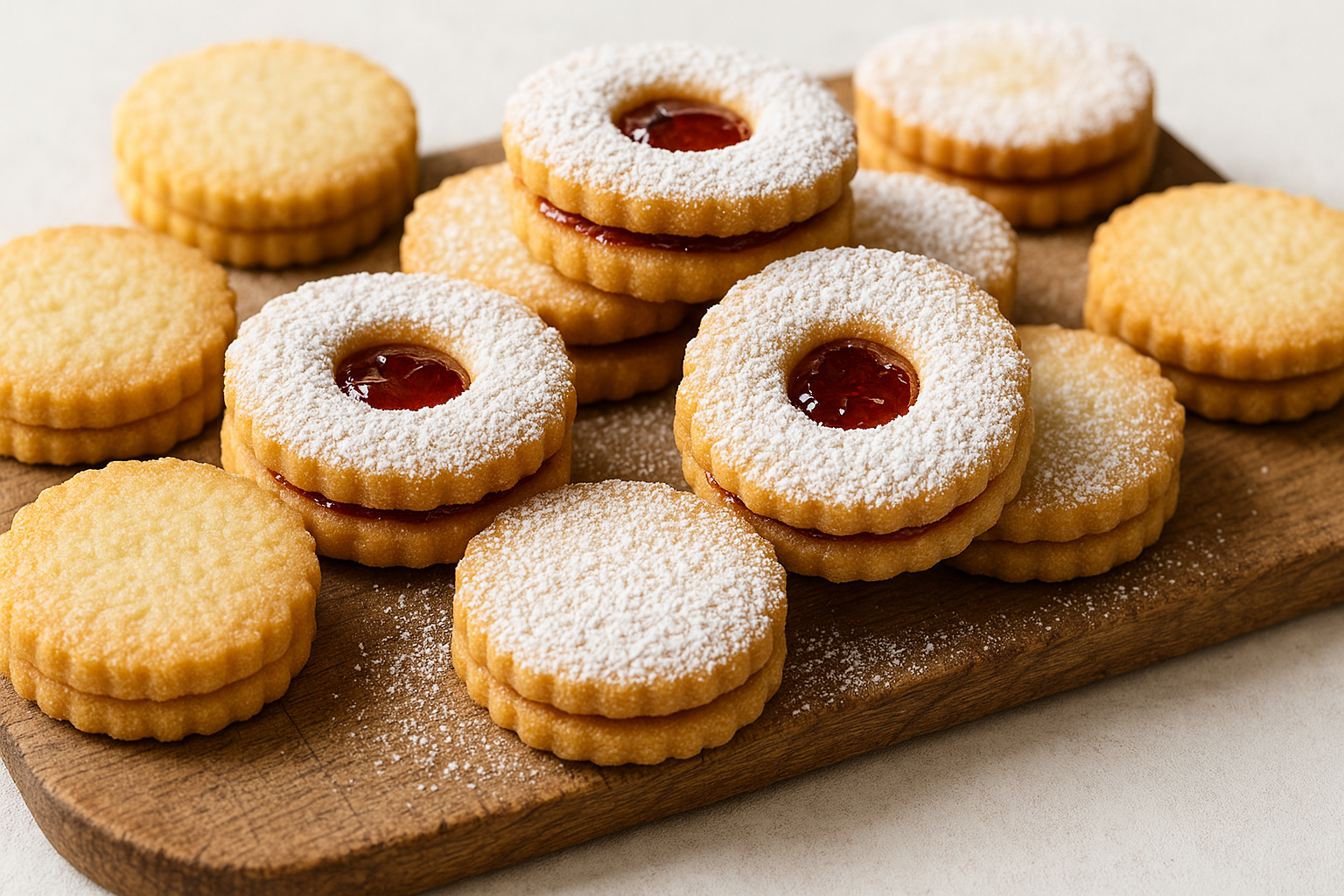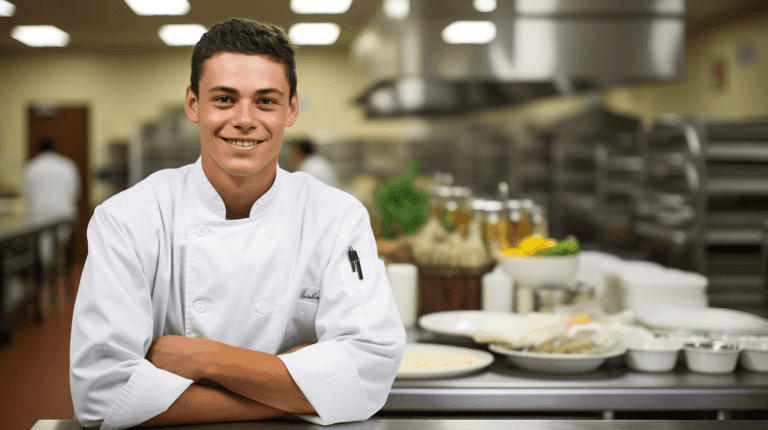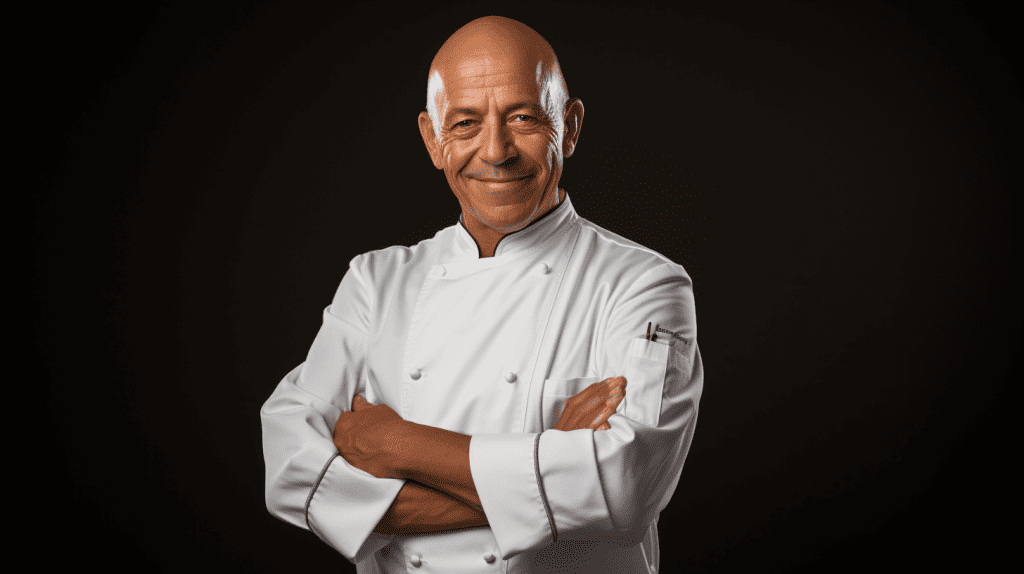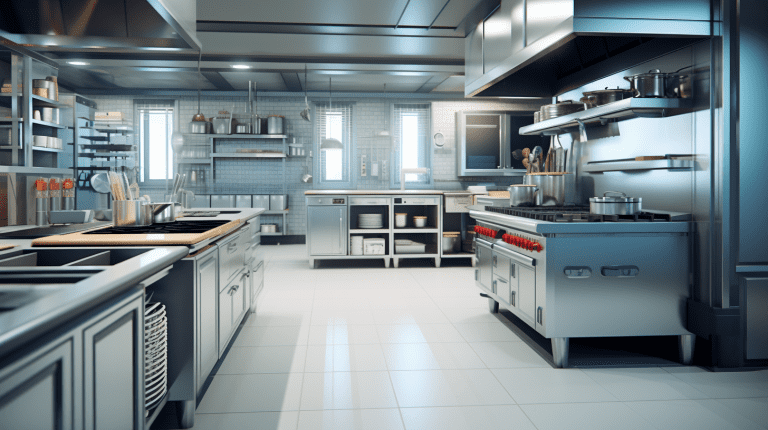How to become a food blogger?
Do you have a passion for food and love writing? Maybe you’ve considered sharing your culinary adventures with the world.
Become a food blogger could be the perfect outlet for your passion.
In this article, we’ll guide you through the essential steps to establish your online presence as a food blogger and achieve success in the industry.
Step 1: Choose Your Niche

First, decide on your niche by choosing a specific area of interest in food, such as a particular cuisine, dietary requirements, or cooking techniques. This will help you stand out and speak to your target audience.
Step 2: Develop Your Brand Identity
A strong brand identity helps your blog differentiate itself and ensures that your content resonates with your readers. Consider what makes you unique and find ways to express it through your blogging voice, visuals, and presentation.
Step 3: Pick the Right Platform and Domain
Select a blogging platform (e.g., WordPress, Wix, or Blogger) that best suits your needs. Secure a domain name that reflects your brand identity and niche.
Step 4: Create Engaging Content

Consistently producing high-quality, engaging content is crucial to your blog’s success. Prioritize exceptional writing, stunning visuals, and user-friendly recipes. Also, engage with your audience through comments, social media, and emails to build lasting relationships and expand your readership.
Step 5: Optimize Your Content for SEO
Learn about search engine optimization (SEO) to improve your blog’s visibility in search results. Focus on optimizing your content with targeted keywords, proper image tags, and meta descriptions. In addition, building backlinks from other reputable websites will improve your blog’s authority and search engine ranking.
Step 6: Monetize Your Blog
Once you have established a substantial following, explore ways to generate income from your blog. Some popular methods include affiliate marketing, sponsored posts, selling digital products, and offering culinary courses or classes.
Essentials for a Thriving Food Blog
To enhance your food blog and engage your readers, consider the following advice:
Maintain a Steady Stream of Content: Regularly updating your blog with new articles keeps your audience engaged and coming back for more.
Write Like You Speak: Review your written content by reading it aloud and revising any complex or unnatural wording. Your blog posts should be approachable and easy to comprehend.
Optimize Your Titles for SEO: If your post contains a recipe, ensure the title is the recipe’s name. This straightforward approach can bolster your blog’s search engine rankings.
Stay Consistent in Your Terminology: Try to use the same terms throughout all posts. If you prefer “instructions” over “directions” or “method”, stick to it. Consistency helps from an SEO perspective and is more reader-friendly.
Start With Short Posts: In the initial stages, focus on writing concise articles, ideally ranging from 300 to 700 words long. This length keeps readers interested and engaged.
Personalize Common Recipes: If you’re sharing a popular recipe, add a unique twist to it. Incorporate distinct images and provide commentary to create an experience that readers won’t find elsewhere.
Incorporate Various Media: Don’t limit yourself to just written content. Adding visuals, videos, and hyperlinks within your posts makes the blog more interactive and visually appealing.
A Word At The End
Become a food blogger requires hard work, dedication, and patience. However, with the right approach and strategy, it can be a highly rewarding way to share your love for food, grow your culinary expertise, and make connections with your readers.
After this groundwork, the next step would be exploring cooking classes available to you. This can also boost your skills and help you understand the competitive food blogger ecosystem.
If you are interested to build your personal chef brand, you can also read about how to become a food influencer. You can also read this practical guide on how to start a cake business from home.







